Improving access to elite universities remains slow
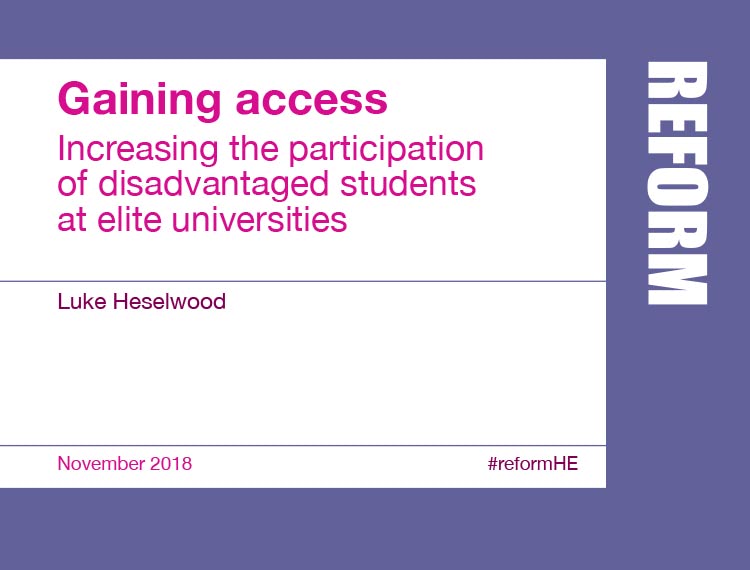
Progress on improving access to elite universities remains slow.
Elite universities are all but failing to increase access for disadvantaged students, according to the study “Gaining Access: Increasing the participation of disadvantaged students at elite universities” by Dr Luke Heselwood, published by the public services think tank, Reform on 28 November 2018.
In the past five years, the average annual increase in the proportion of disadvantaged students has been less than 1 per cent.
Amongst other recommendations, the think tank calls for a new national campaign, similar to Better Make Room in the USA, to boost the number of applications from disadvantaged students who have high enough grades.
For the second year running, the think tank has ranked 29 elite universities according to their success in recruiting disadvantaged students over a five-year period. LSE has retained its place at the top of the table. The University of Newcastle had the greatest rise, moving up 22 places to second. The University of Southampton fell 20 places to 28th.
Universities spent £745.6 million on widening participation in 2016-17, the last year for which data is available. On average over the five-year period, only seven of the 29 elite universities admitted a proportion of disadvantaged students that was above their target for improving access.
The most advantaged students are nearly 10 times more likely to attend elite universities than their more disadvantaged peers.
The authors call on universities to provide detailed breakdowns of their spending, to help understand which programmes are effective and to improve value for money.
Disadvantaged pupils are less likely to achieve the grades required to attend an elite university or to apply to one if they do achieve the required grades.
Across the whole university sector, only 12 per cent of young full-time students from disadvantaged backgrounds enrolled in 2016-17, a figure unchanged from the previous year. As well as a new national campaign to encourage applications, the authors also call on schools to raise the attainment of disadvantaged students before GCSEs.
The report also calls for a new measure of disadvantage. The authors found considerable discomfort from universities with the current measure which uses POLAR3 data.
Dr Luke Heselwood, report author and Reform Researcher, said:
“We haven’t come very far since last year’s report. Although we have seen individual cases of improvement, there has been no significant progress in improving access.
“Clarity over spending, a national campaign to encourage disadvantaged students to apply and a better measure of disadvantage would all help to make a difference.”
2018 elite university access rankings (The figure in brackets signifies the universities position in 2017):
1. (1) London School of Economics and Political Science
2. (24) University of Newcastle
3. (7) The University of Sheffield
4. (3) The University of East Anglia
5. (2) The University of York
6. (16) SOAS, UoL
7. (21) Royal Holloway, UoL
8. (9) Loughborough University
9. (26) The University of Warwick
10. (17) University of Nottingham
11. (10) The University of Leicester
12. (13) King’s College London
13. (19) The University of Surrey
14. (28) The University of Exeter
15. (12) The University of Birmingham
16. (6) The University of Bristol
17. (18) The University of Bath
18. (22) The University of Oxford
19. (25) Queen Mary, UoL
20. (23) University of Durham
21. (15) The University of Liverpool
22. (11) The University of Lancaster
23. (20) Imperial College London
24. (4) The University of Leeds
25. (5) The University of Manchester
26. (29) St George’s, UoL
27. (14) The University of Cambridge
28. (8) The University of Southampton
29. (27) University College London
Reform is an independent, non-party, charitable think tank whose mission is to set out ideas that will improve public services for all and deliver value for money.
The report uses POLAR3 data to determine the average annual increase in the proportion of students from ‘low-participation neighbourhoods’ at each institution between 2012-13 and 2016-17. It also measures performance against each university’s Higher Education Statistics Agency (HESA) benchmark. It also lists average access expenditure, as reported in access and participation plans.
In 2016-17, there was a small rise in the entry rate of students from low-participation neighbourhoods into higher education. However, there was also a rise in students from other neighbourhoods. This means that the overall proportion of disadvantaged students was the same in 2015-16 and 2016-17.

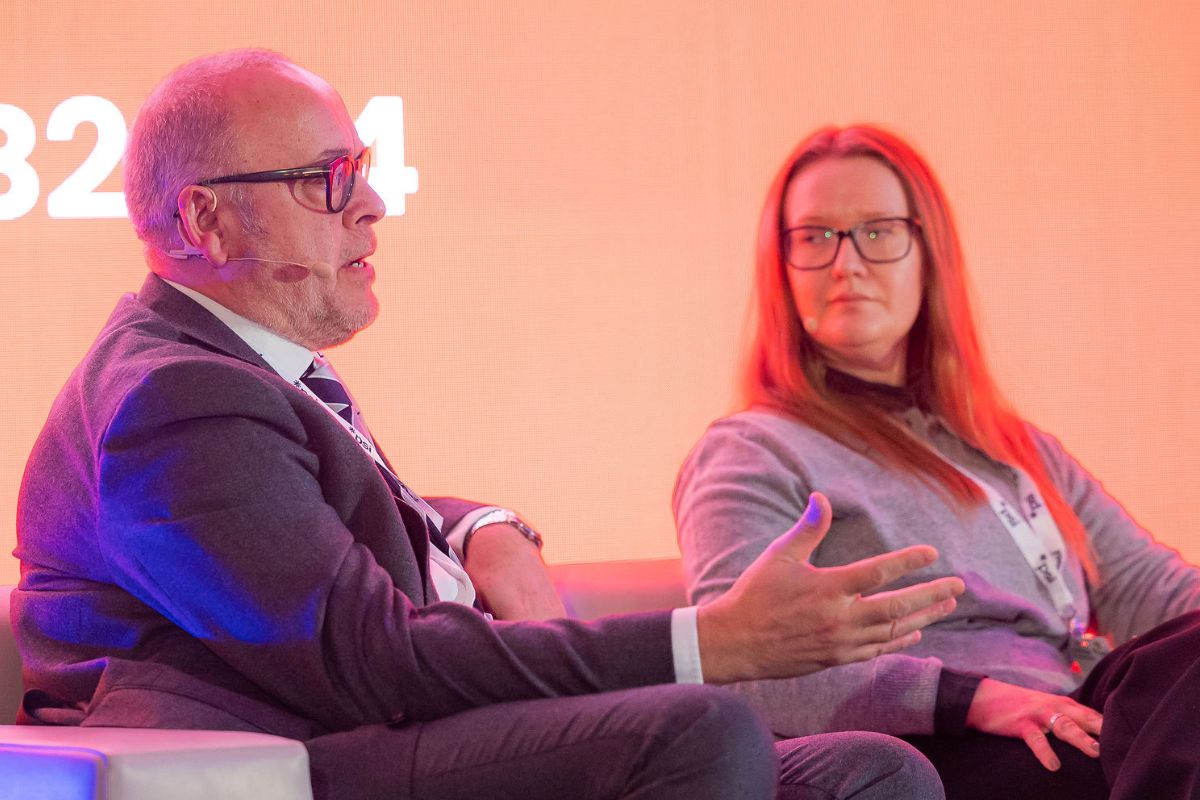




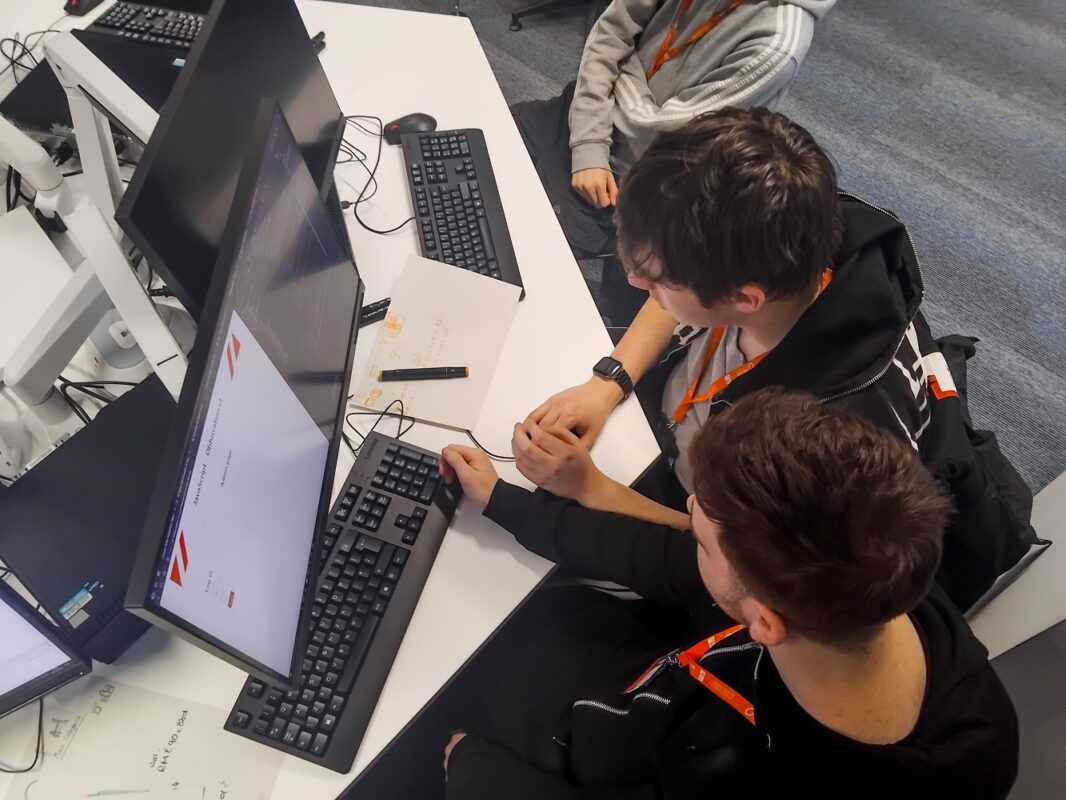
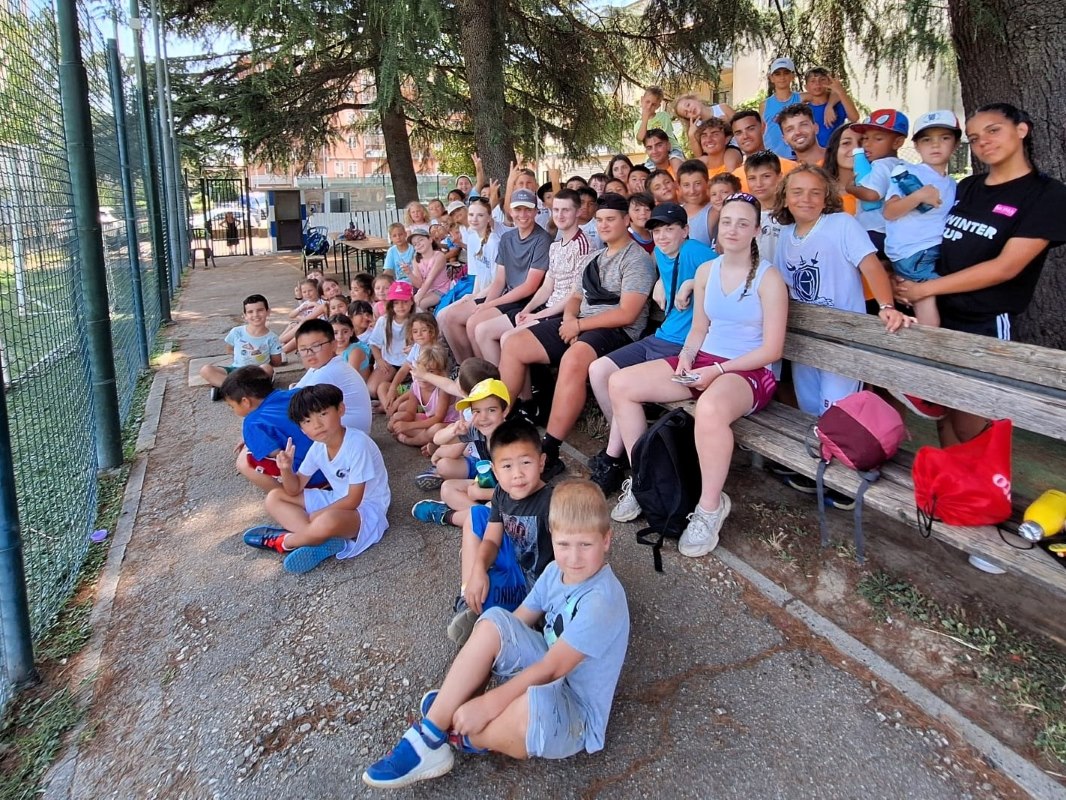


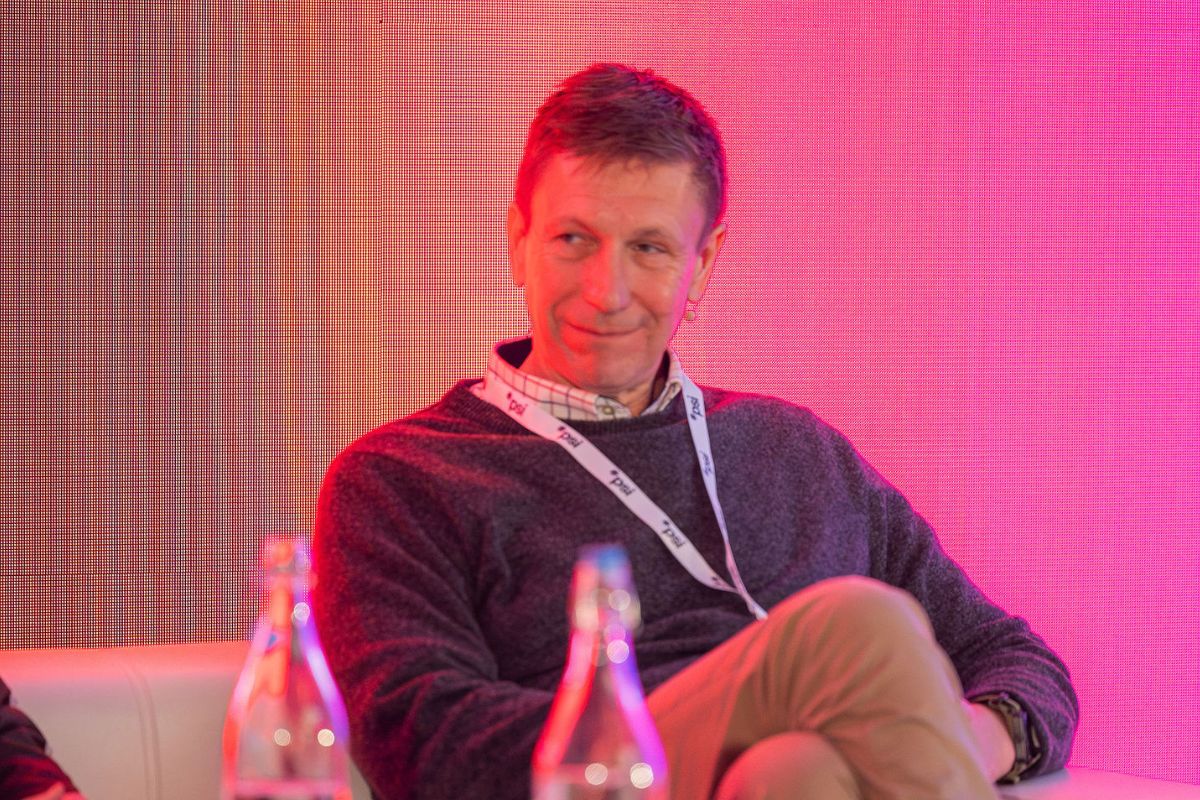
Responses